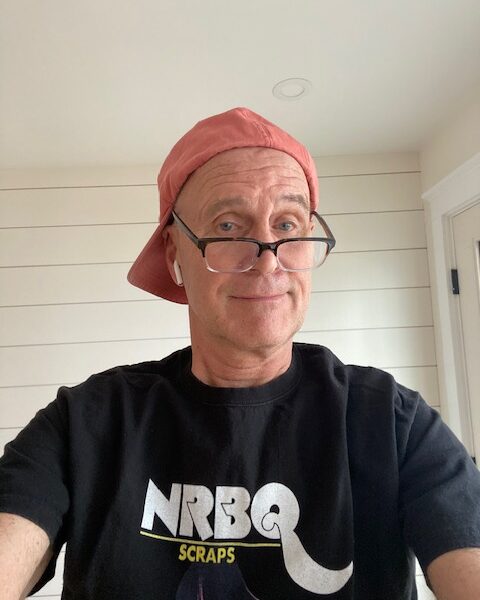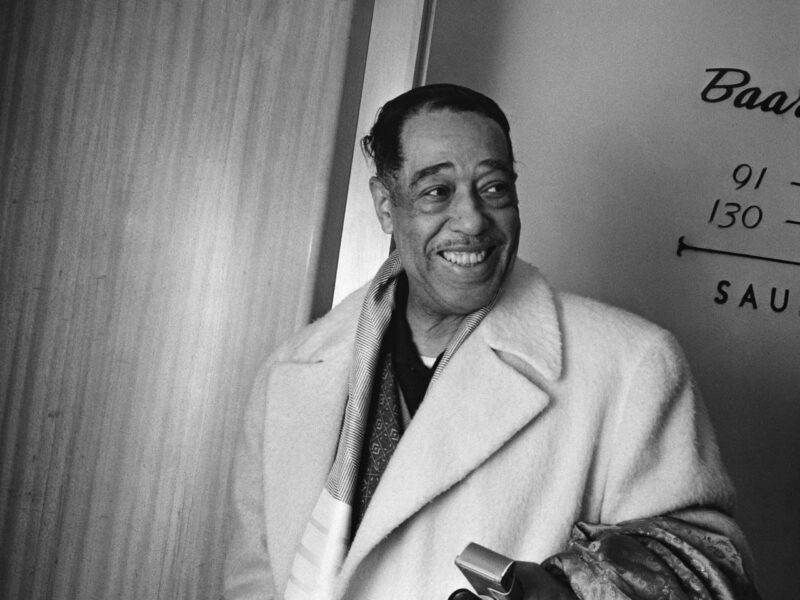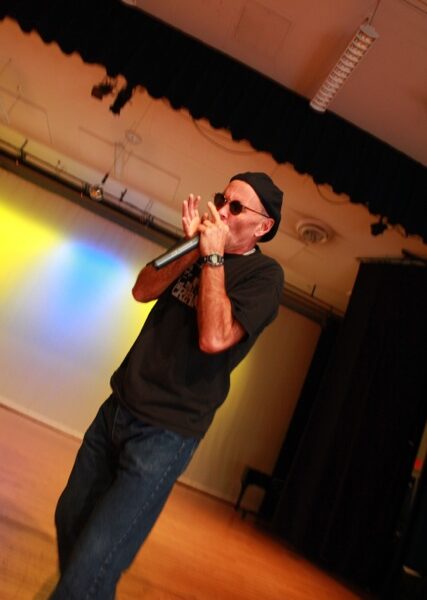… How Do You Know for Sure?

“The thing we need most is relationships. The thing we seem to suck at most is relationships.” – David Brooks
For me, fiction tends to be a therapeutic escape. When it comes to non-fiction, a great book is one where I end up feeling a compulsion to change something about the way I live my life. Since reading David Brooks’ How to Know a Person – The Art of Seeing Others Deeply and Being Deeply Seen, I’ve been making a greater effort to “see” people: the cashier at the grocery store, a student walking down the hall between classes, the person standing next to me in line for the coveted caffeinated elixir dispensed in downtown Bath at Cafe Creme, etc.
Brooks gets to the point early on: Above almost any other need, human beings long to have another person look into their face with loving respect and acceptance. It’s that we lack practical knowledge about how to give each other the kind of rich attention we desire… There is one skill that lies at the heart of any healthy person, family, school, community organization, or society: the ability to see someone else deeply and make them feel seen – to actually know another person, to let them feel valued, heard, and understood. That is at the heart of being a good person.
The book is broken down into three parts: Part 1: I See You… Part 2: I See You in Your Struggles… Part 3: I See You with Your Strengths
Rather than present a full review here, I thought I’d serve up some gems that made me stop and think about my own status as a “seer.” To set the stage, Brooks distinguishes between two types of people:
In every crowd there are Diminishers and there are Illuminators. Diminishers make people feel small and unseen. They see other people as things to be used, not as persons to be befriended. They stereotype and ignore. They are so involved with themselves that other people are just not on their radar screen… Illuminators, on the other hand, have a persistent curiosity about other people. They have been trained or have trained themselves in the craft of understanding others.
He then challenges the reader with a major point driving the book: So what are you most of the time, a Diminisher or an Illuminator? How good are you at reading other people?… I probably don’t know you personally, but I can make the following statement with a high degree of confidence: You’re not as good as you think you are.
The number one reason that gets in the way of our ability to see others, says Brooks, is Egotism. (“I can’t see you because I’m, all about myself.”) Anxiety is the #2 reason. (People “have so much noise in their own heads, they can’t hear what’s going on in other heads.”) There is also what he calls Naive Realism: “the assumption that the way the world appears to you is the objective view, and therefore everyone else must see the same reality you do.” The list continues: The Lesser-Minds Problem… Objectivism… Essentialism (e.g., “Germans are orderly, Californians are laid back”)… The Static Mindset.
A corresponding set of virtues that can counter the above vision-blockers include Tenderness… Receptivity… Active Curiosity… Affection… Generosity… A Holistic Attitude. Brooks echoes the work of philosopher novelist Iris Murdoch: “Morality is mostly about how you pay attention to others.” He also explores qualities that lend themselves to what he calls “accompaniment.” These include Patience, Playfulness, Other-Centeredness, and “The Art of Presence.” It also can come down to “good conversation” which he defines as “an act of joint exploration.” He quotes neuroscientist Lisa Feldman Barrett: “Being curious about your friend’s experience is more important then being right.”
It probably won’t surprise you to know that my ears perked up when he weaved the “contributions” of America’s approach to education into the mix:
In his history Moral Education in America, B. Edward McClellan argues that most elementary schools began to abandon moral formation in the 1940s and 1950s and “by the 1960s deliberate moral education was in full-scale retreat.” He continues: “Educators who had once prided themselves on their ability to reshape character now paid more attention to the SAT scores of their students, and middle-class parents scrambled to find schools that would give their children the best chances to qualify for elite colleges and universities.“
Continuing in this educational vein: “As schools became more fixated on career success, they stopped worrying about churning out students who would be considerate to others.” [Me: “Yup.”]
But it wasn’t only schools that had distanced themselves from the notion of moral formation… “Parents started practicing ‘acceptance parenting.’ They were less inclined to mold their children’s moral lives, and more likely to just cheer them on for their academic and athletic achievements.”
[I digress: As my career closes in on it’s half-century mark, I have lost count of the number of times people have asked, “How have kids changed during the course of your career.” However, I confess that I’ve pretty much been giving the same answer since the turn of the Millennium: “I don’t know that kids have changed all that much, but their parents sure have!”]
For Brooks, it all boils down to The Art of Empathy which he defines as “a set of social and emotional skills. These skills are a bit like athletic skills: Some people are more naturally talented at empathy than others; everybody improves with training.” [The underlining is mine.] He goes on to clarify, “In the Illuminator model, character building is not something you can do alone. Morality is a social practice.”
The last chapter — “What is Wisdom?” — posits, “Wisdom isn’t knowing about physics or geography. Wisdom is knowing about people. Wisdom is the ability to see deeply into who people are and how they should move in the complex situations of life. That’s the great gift Illuminators share with those around them.”
Onward, Malcolm Gauld
PS: Brooks also serves up some lines that may be slightly tangential to his message but are too perfect not to share. Here are ten of them:
1. “As the journalist Meg Greenfield once observed, Washington isn’t filled with the wild kids who stuck the cat in the dryer; it’s filled with the kind of kids who tattled on the kids who stuck the cat in the dryer.”
2. “If you want to see a stellar example of how to illuminate people, go back and look at how Mister Rogers used to interact with chiidren. Look at how Ted Lasso looks at his players on that TV show. Look at how Rembrandt rendered faces.”
3. “As any parent can tell you, when a child is born you find that your perspective on life gets transformed. It is transformed again if a child is ripped from your life.”
4. “Curiosity is the ability to explore something even in stressful and difficult circumstances.”
5. “One problem with anger, for example, is that it has to find things to attach itself to. Angry people are always in search of others they can be angry at.”
6. “Donald Trump and Vladimir Putin strike me as men who experienced an imperial consciousness in childhood, and then never moved beyond it.” [Note: The “imperial consciousness,” according to Brooks, is characterized by an ability to form alliances countered by an inability to form collaborations.)
7. “Carl Jung once wrote, ‘The achievements which society rewards are won at the cost of diminution of personality.'”
8. “‘Cancer cures psychoneuroses,’ one of Irvin Yalom’s therapy patients told him. ‘What a pity I had to wait till now, till my body was riddled with cancer, to learn how to live.'”
9. 10. “I live with this semiconscious prejudice that if you’re not living in New York, you’re not really trying.”
10. “Human beings are works in progress that mistakenly think they are finished.” – psychologist Daniel Gilbert



